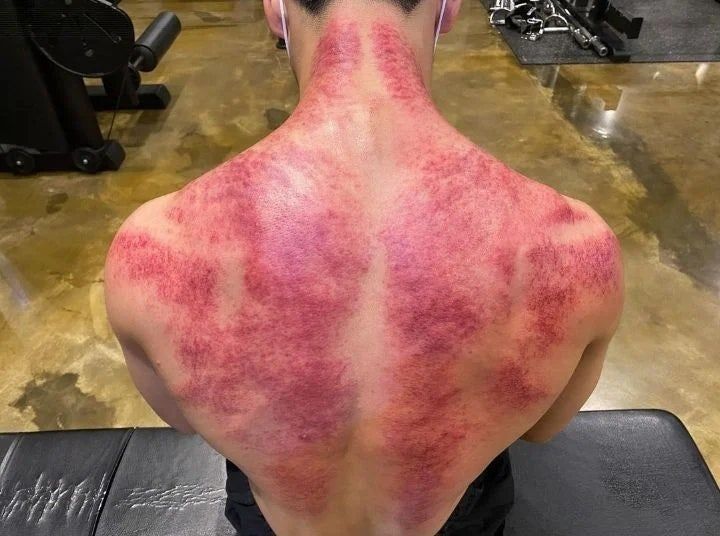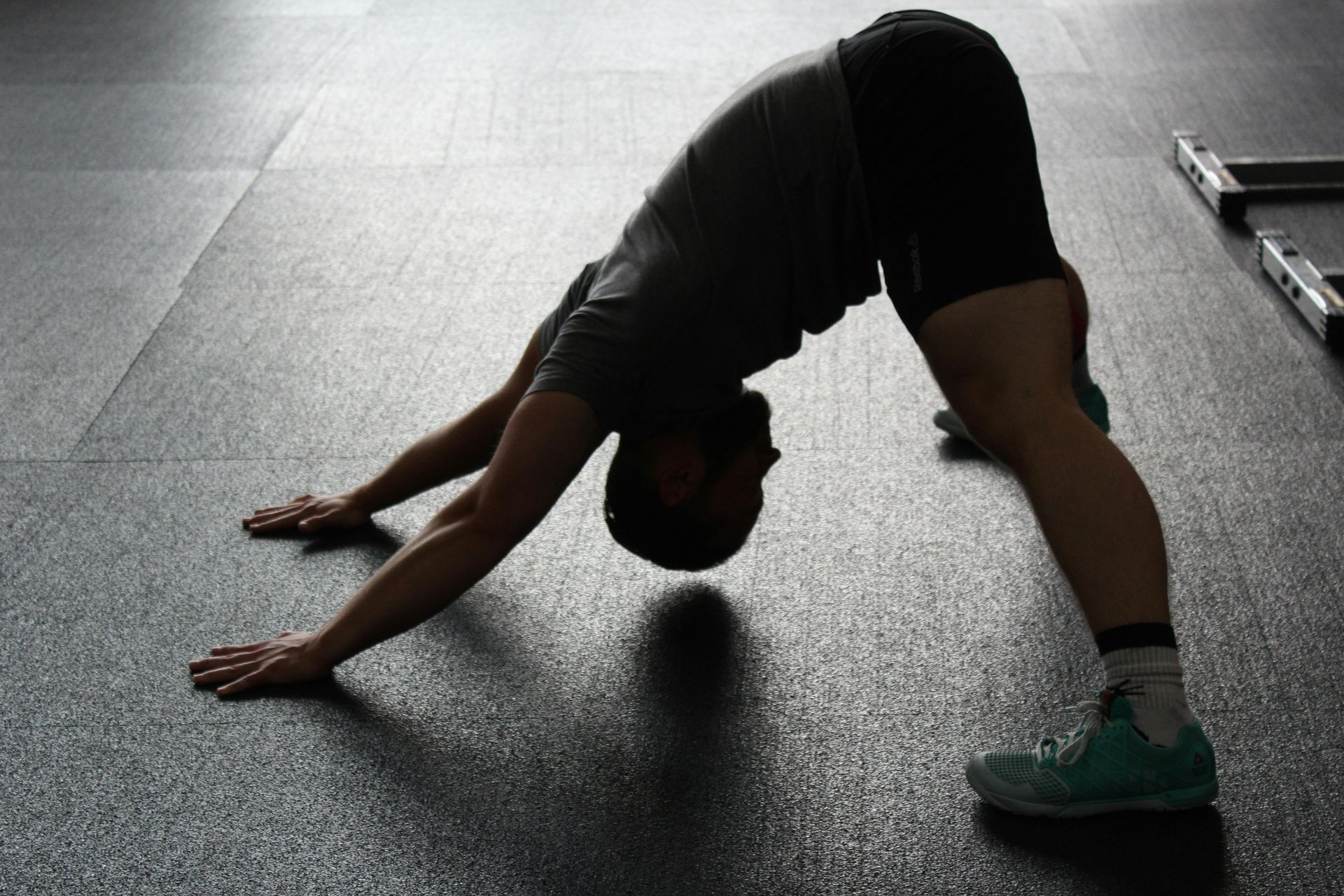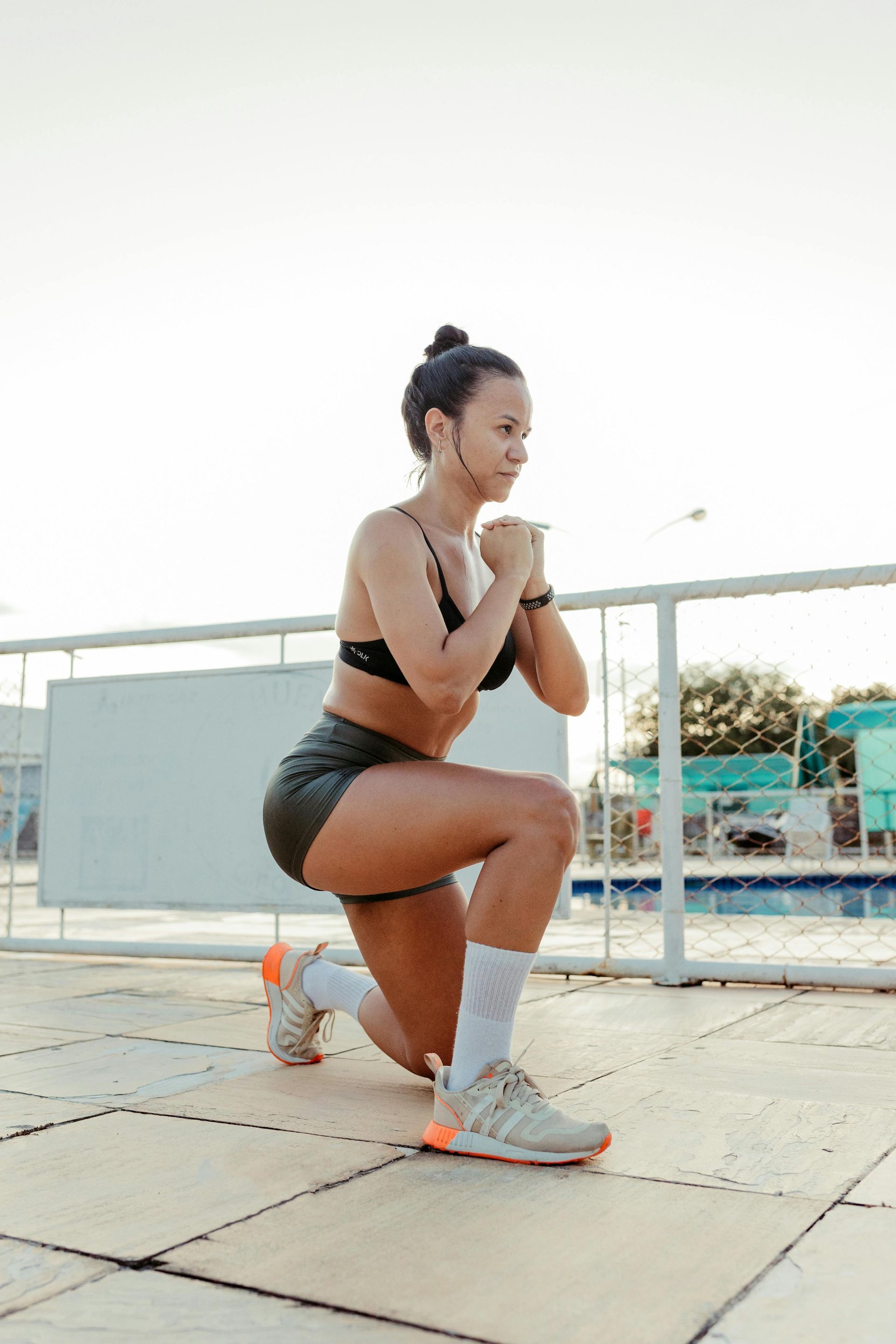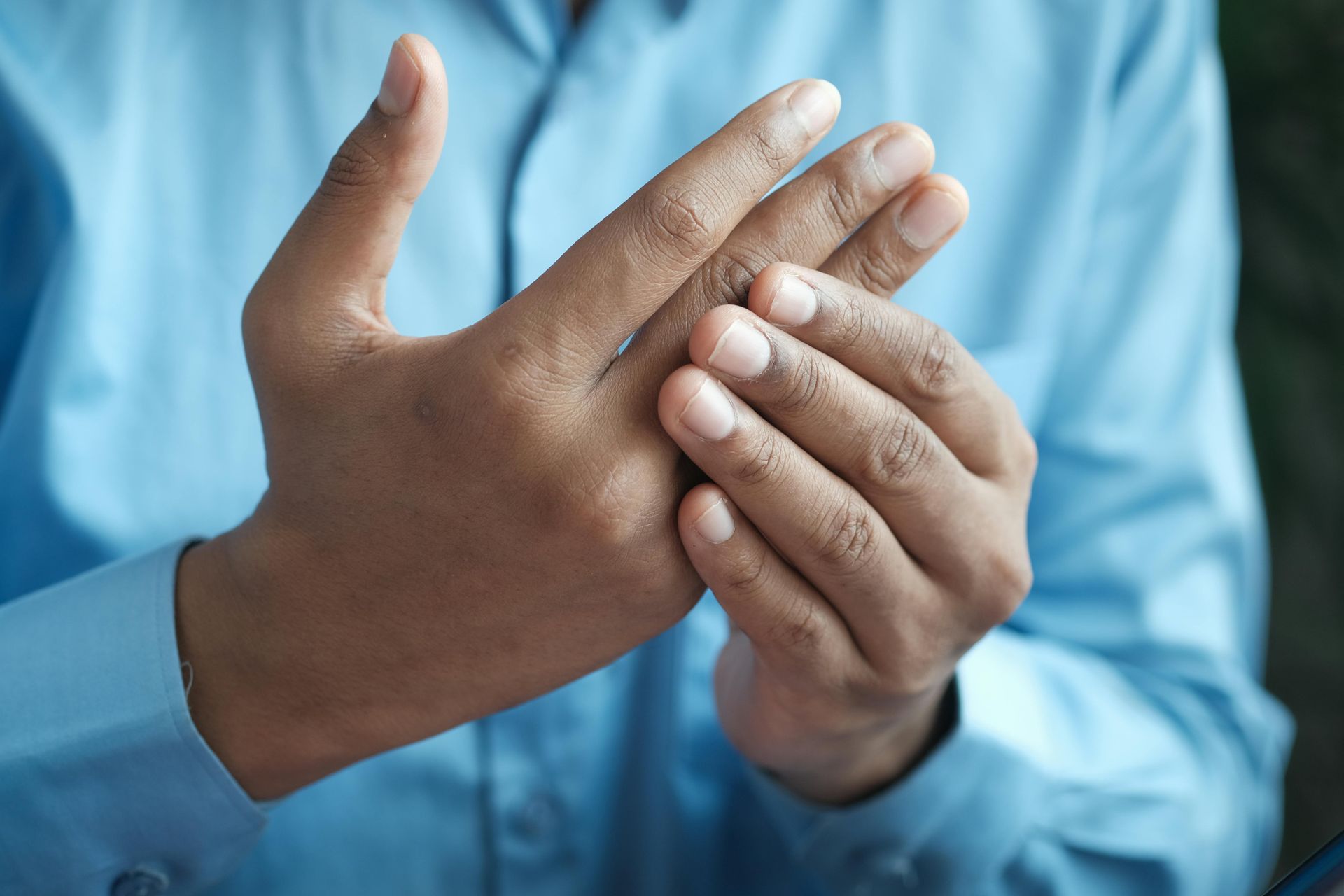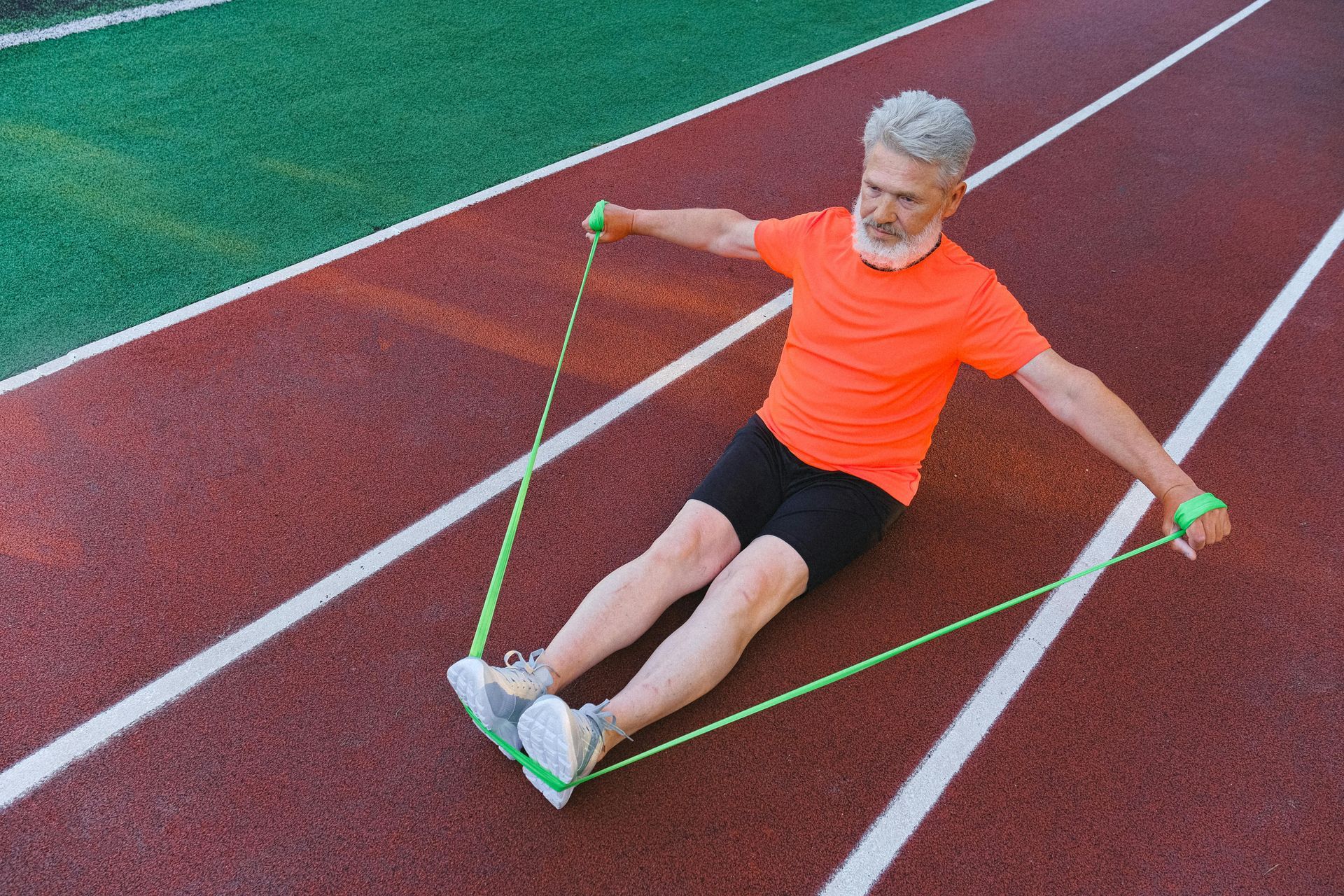Nutrition Tips for Better Muscle Recovery

After an intense workout, your muscles need the right nutrients to repair, grow stronger, and recover. Two of the most important elements for muscle recovery are
protein and
carbohydrates. Let’s dive into how each plays a crucial role in helping your muscles bounce back.
1. Protein
Protein is essential for muscle recovery and growth. When you exercise, your muscles undergo tiny tears that need to be repaired, and protein is the key nutrient for this process. To optimise muscle recovery, aim to consume
20-30 grams of high-quality protein after your workout.
Great protein sources include:
- Lean meats like chicken and turkey
- Fish like salmon and tuna
- Eggs
- Dairy products such as Greek yogurt and cottage cheese
- Plant-based options like lentils, tofu, and quinoa
Why Protein Is Important for Older Adults
As we get older, our muscles don’t grow and repair as easily, which can lead to muscle loss (called sarcopenia). To stay strong and active, older adults need to eat more protein.
Experts suggest having
1.2 to 2 grams of protein per kilogram of body weight each day. By including
protein-rich foods like chicken, fish, or eggs in your meals, you can help protect your muscles and keep your body healthy and strong.
Protein Supplements as an Option
If you’re struggling to get enough protein from food alone, protein supplements can be a convenient and safe way to meet your daily protein needs. These supplements are made from natural sources like whey (from milk) or plant-based options such as peas or soybeans.
For those using
plant-based protein powders, it’s important to check for the amino acid
methionine, which is often low in sources like
soybeans and
peas. Pairing your plant-based protein with
rice can help complete your amino acid profile.
Do You Really Need Protein Right After Your Workout?
While it was once believed that protein needed to be consumed within 30 minutes after a workout to maximise muscle repair (the so-called "anabolic window"), recent research shows that this window is not as narrow as we thought.
As long as you get enough protein throughout the day, your muscles will still benefit, even if you don't eat it immediately after exercise.
2. Carbohydrates
After exercise, your muscles need to replenish glycogen, the stored form of glucose that powers your body through your workout.
Carbohydrates help restore this glycogen, supporting your energy levels and reducing fatigue. Pairing carbs with protein after exercise also optimises recovery.
Healthy carbohydrate sources include:
- Whole grains like brown rice and oats
- Sweet potatoes
- Quinoa
- Fruits
Consuming carbohydrates post-workout helps ensure that your muscles have the energy they need to recover efficiently. For those doing endurance training or multiple workouts in a day, replenishing glycogen is especially important.
The Power of Protein and Carbohydrates
For optimal muscle recovery, focus on consuming enough high-quality protein and carbohydrates throughout the day.
Whether through food or supplementation, these two nutrients can help you recover faster, reduce muscle soreness, and improve performance.
Remember, you don’t need to stress about eating right after your workout—the key is to ensure you’re meeting your daily needs for protein and carbs.
References:
- Nutrition & Supplements for Post-Workout Muscle Recovery. VeryWell Health. (2023). Retrieved from VeryWell Health
- The Role of Nutrition in Muscle Recovery After Exercise. Healthline. (2023). Retrieved from Healthline
- Post-Exercise Nutrition: How to Accelerate Muscle Recovery. Medical News Today. (2023). Retrieved from Medical News Today
- Schoenfeld, B. J., & Aragon, A. A. (2018). Is there a postworkout anabolic window of opportunity for nutrient consumption? Journal of Orthopaedic & Sports Physical Therapy, 48(12), 911-914. DOI:10.2519/jospt.2018.0615.
- Dietary Protein Recommendations to Support Healthy Muscle Aging in the 21st Century and Beyond: Considerations and Future Directions. Nutrition & Metabolism Journal. (2019). DOI: 10.1186/s12986-019-0387-4.
Blogs


